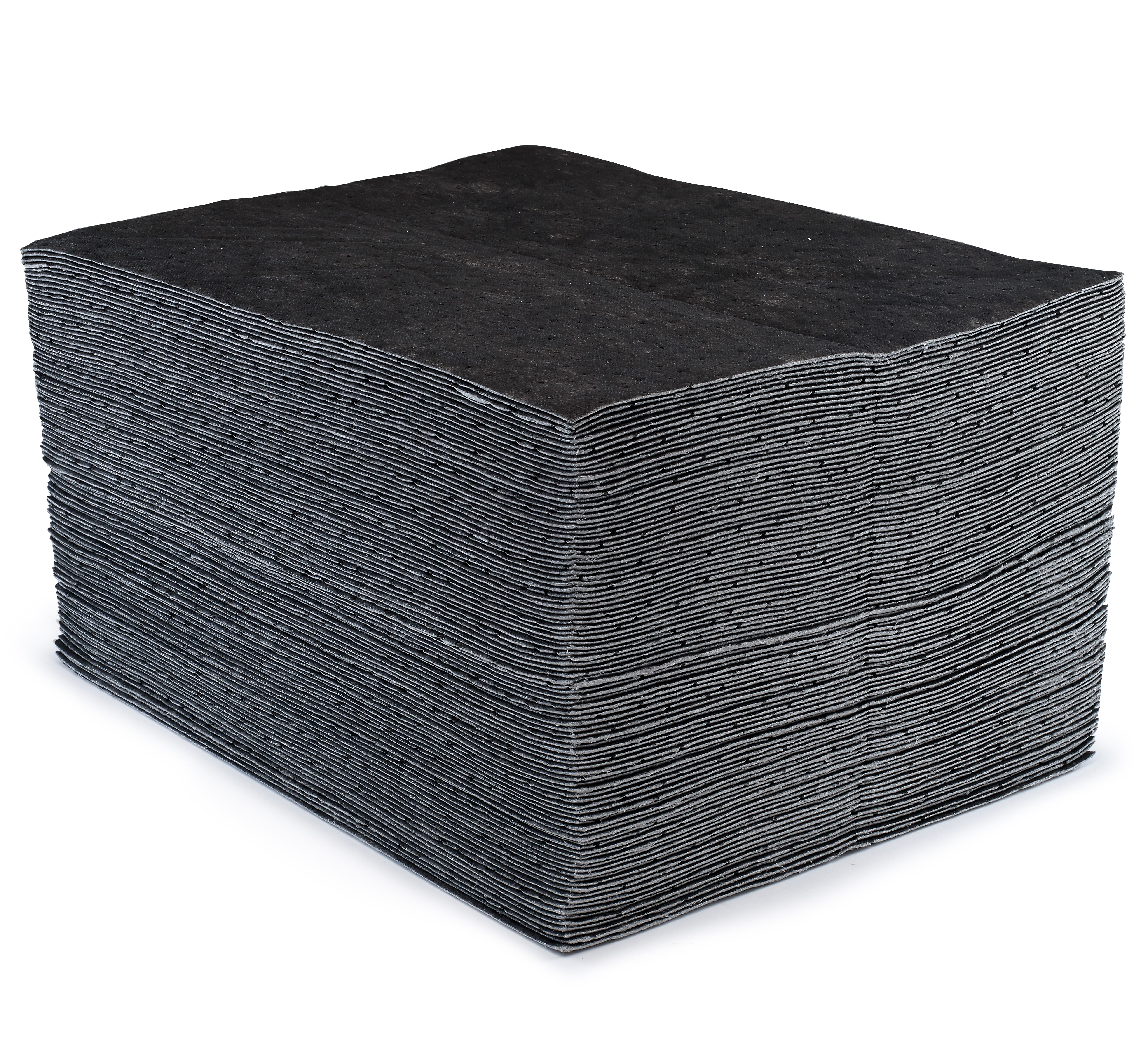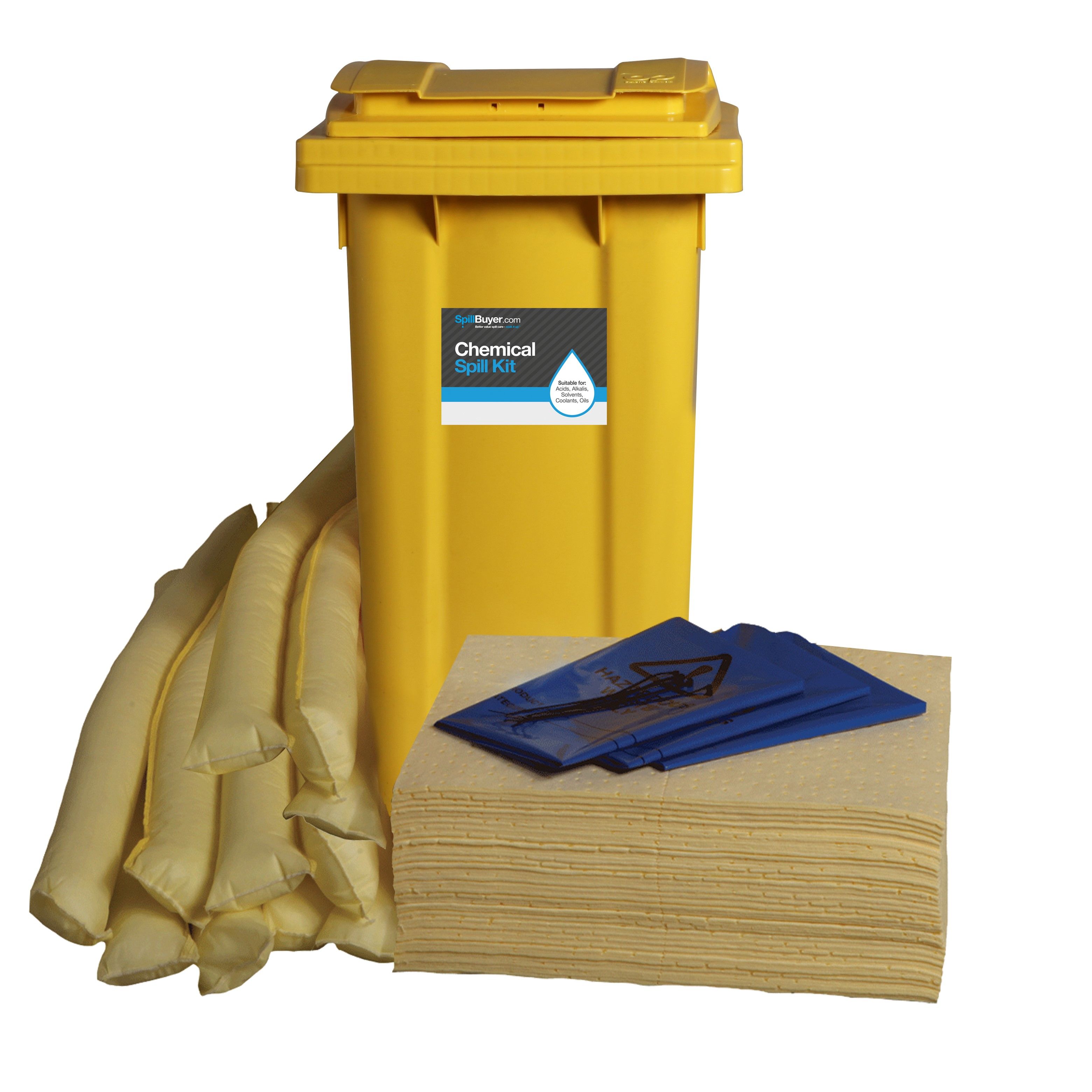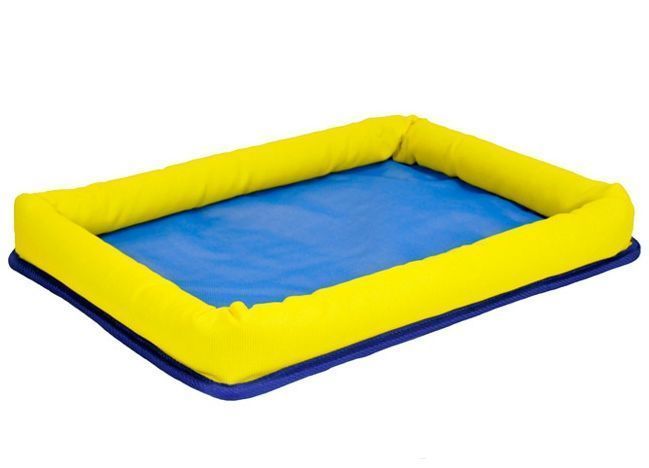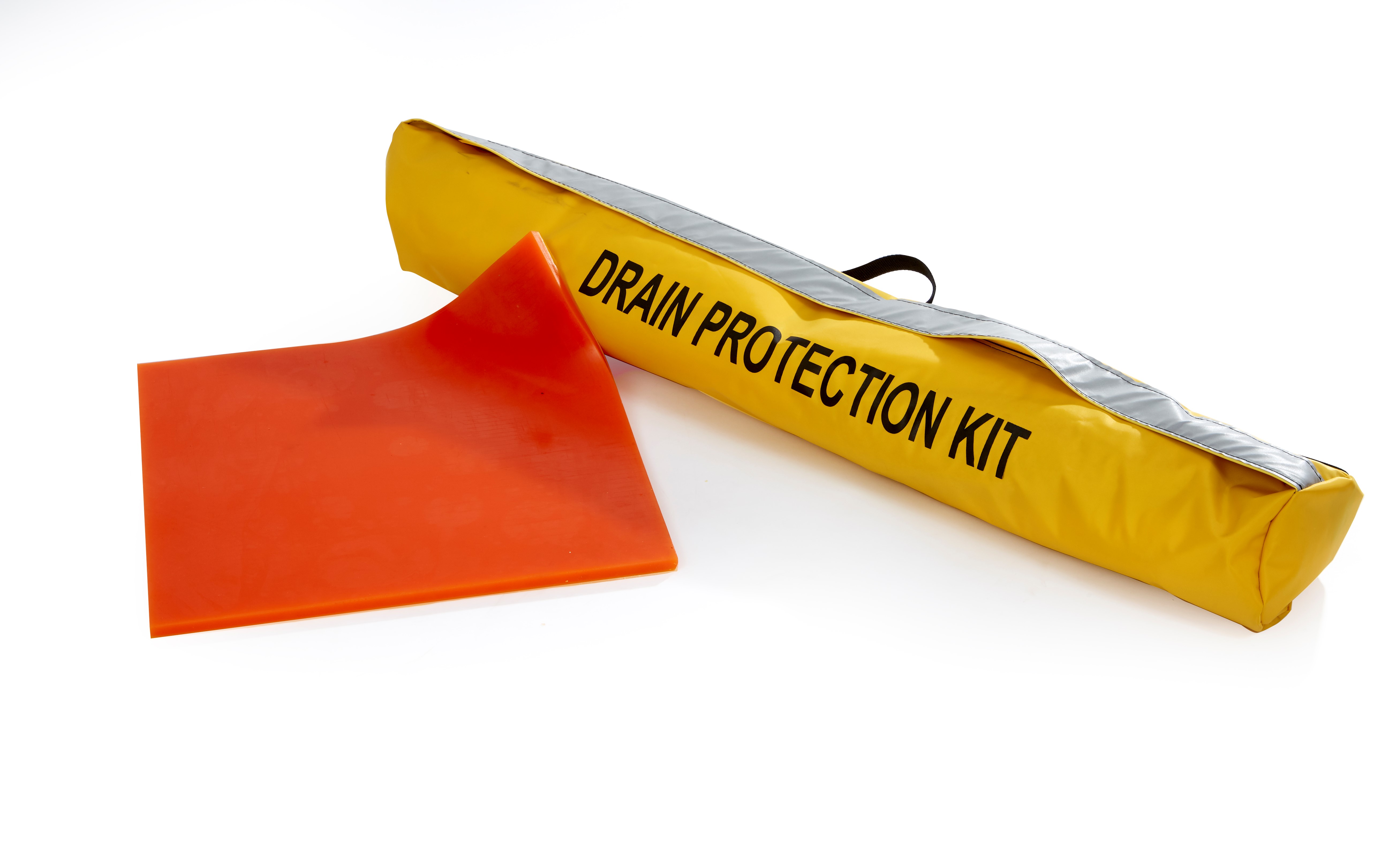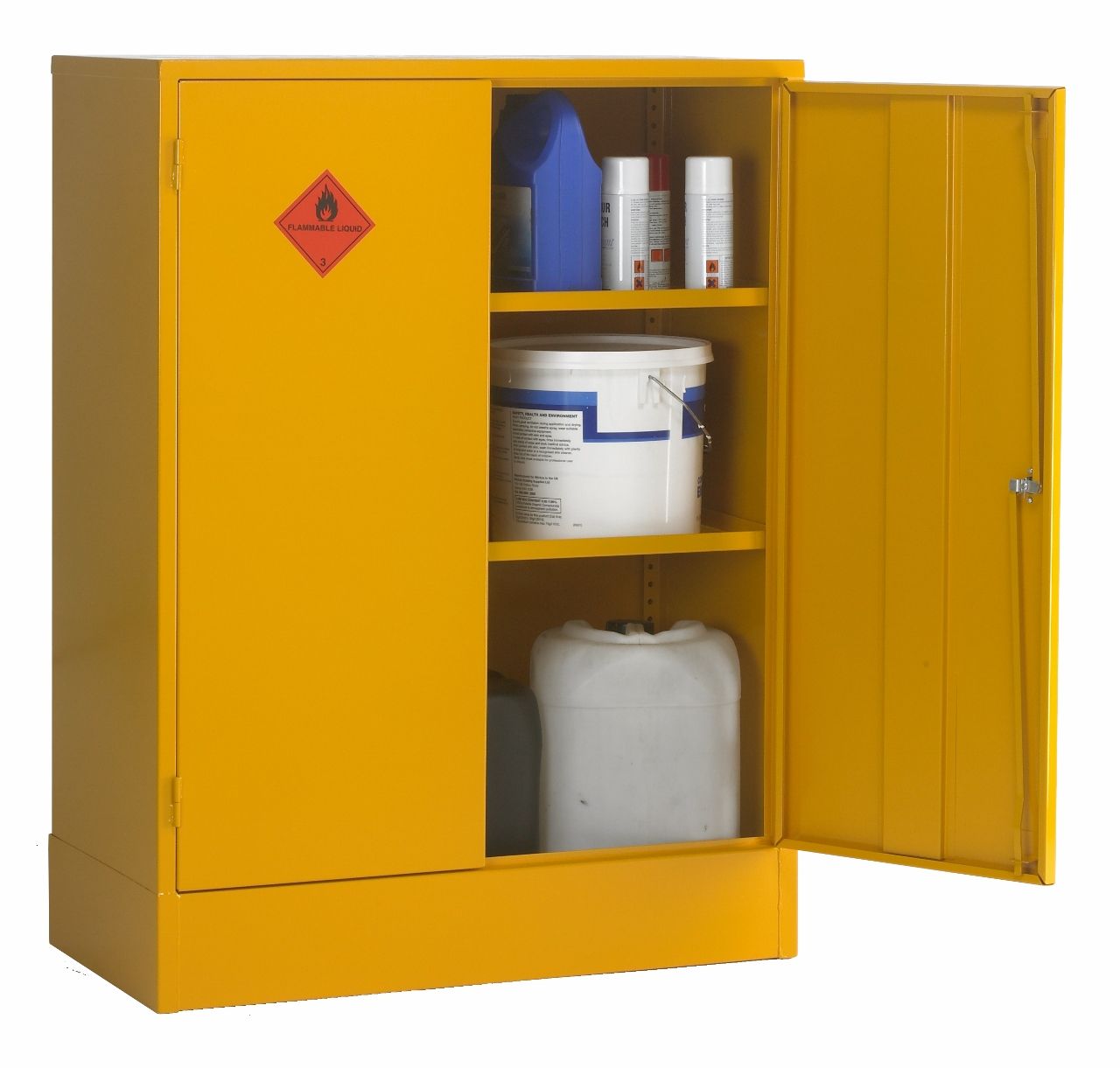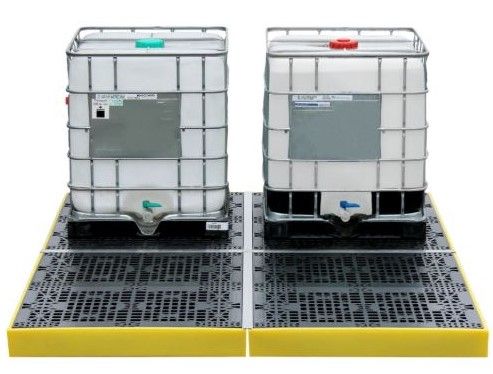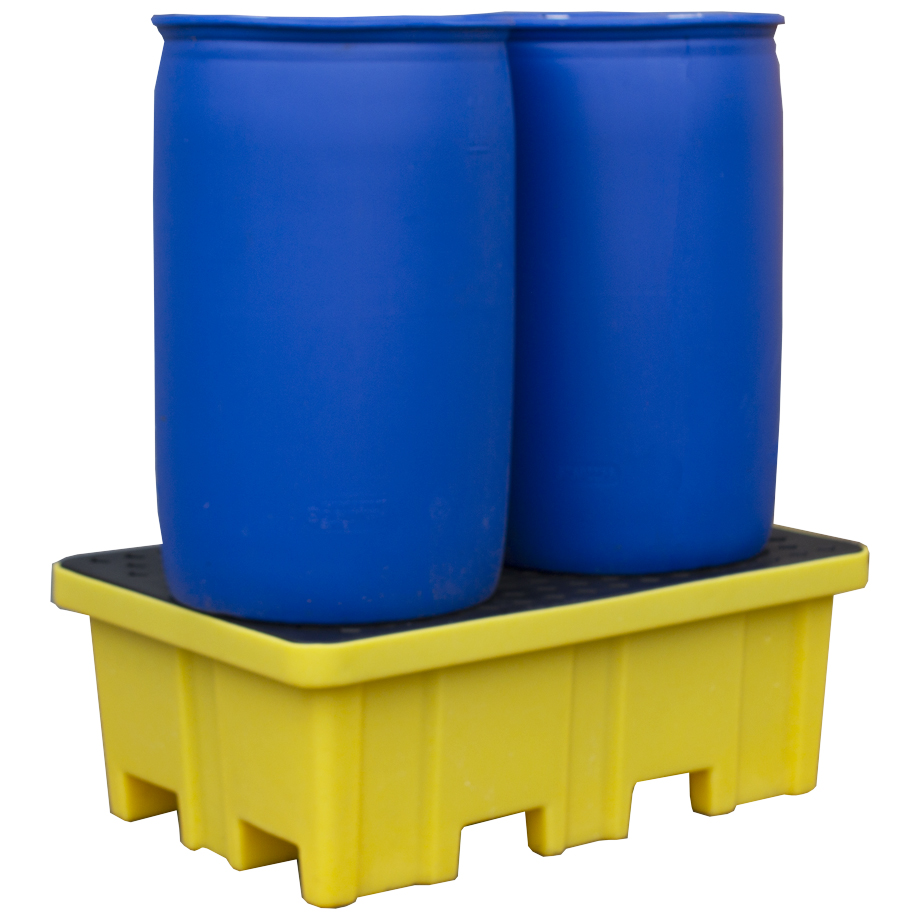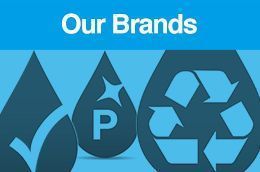COSHH in Construction
Construction workers are inevitably exposed to a wide range of hazardous substances including dust, lead, and cement. Employers and employees in the construction industry must be aware of the risks posed by substances that are hazardous to health, how the substances can cause harm, and the potential subsequent health consequences.
Below, the experts in COSHH at SafetyBuyer outline the most common health risks posed by hazardous substances in the construction sector while providing guidance on maintaining a high level of safety.
What hazardous substances does COSHH cover?
Hazardous substances exist in a variety of forms, some of which will be more obvious than others. As such, it is vital that all those working in construction know how to recognise a hazardous substance and its associated risks.
The safety regulations govern the following forms of hazardous substances:
● Solids are particles of solid substances that enter the air, such as dust, fibres, smoke, and fumes.
● Liquids such as fine sprays, mists, and aerosols, consisting of tiny droplets of liquid, such as sprayed paint.
● Vapours are gaseous versions of liquids or solids, for example, solvent vapour.
● Gases are the byproduct of certain processes, such as carbon monoxide or engine exhaust gases.
● Microorganisms are minute organisms found practically everywhere, such as bacteria, viruses, and fungus.
A hazardous substance can exist in more than one form at the same time under particular conditions. For example, paint spraying can produce fine mists of liquid droplets and also solvent vapour. Knowing the correct forms of hazardous material is critical for implementing the appropriate control measures and achieving a compliant level of COSHH regulations.
How can hazardous substances affect construction workers?
Substances can be harmful to your health in various ways and have varying degrees of severity. Some are more recognisable, such as dizziness, headaches, and nausea - which are caused by solvents or cement burns. Others, such as lung disorders, can take considerably longer, even years, to develop.
The construction sector is a high risk to health. Many of the common health complications are caused by hazardous chemicals, which make COSHH regulations vital for protecting workers from ill health.
Below are common hazardous substances found in the construction industry:
● Construction dust - More than an annoyance, cement dust can also be harmful to the lungs.
● Cement - Products containing cement, such as concrete or mortar, can cause significant skin issues such as dermatitis and burns.
● Lead - Lead is still widely utilised and found in older buildings. Inadvertently inhaling or ingesting lead dust and fumes can cause major health concerns.
● Solvents can be found in a variety of items, including paints, thinners, resins, and glues. Poorly managed solvent work can cause both short-term and long-term health problems.
● Isocyanates - Isocyanates are found in paints, coatings, foams, and glues. Isocyanates can cause asthma and dermatitis if they are inhaled.
● Microorganisms - Construction workers can be exposed to a wide range of disease-causing microorganisms, including bacteria, viruses, and fungus. They can be spread through the air, through hand-to-mouth contact, or through the skin and cause a variety of health concerns.
● Carbon monoxide (CO) - A colourless and odourless deadly gas created by gas appliances and engines, and can be lethal.
How is a construction worker exposed to hazardous substances?
Hazardous compounds can enter the body through a variety of routes. There are three major paths:
● Lungs and airways - dangerous chemicals can be ingested via the air you breathe. Many of these chemicals, such as dust or isocyanates, are harmful to the lungs and airways.
● Skin - Some chemicals, such as cement, can cause rashes or burns when they come into touch with your skin. Other chemicals, such as solvents, can enter your bloodstream through your skin. Cuts and wounds can also let harmful microorganisms enter your body.
● Mouth - When eating, drinking, or smoking, there is a risk of hazardous substances entering your body through contaminated hands.
Find out more about COSHH in construction
The experts in occupational safety at SafetyBuyer have long supplied safety products for organisations to become COSHH-compliant and maintain the highest standards of health and safety. View the range of COSHH-compliant products that could help your construction site or workplace.
 Over 12,000
Over 12,000  Simple no quibble
Simple no quibble  Prompt dispatch &
Prompt dispatch &  UK Mainland Delivery
UK Mainland Delivery 





